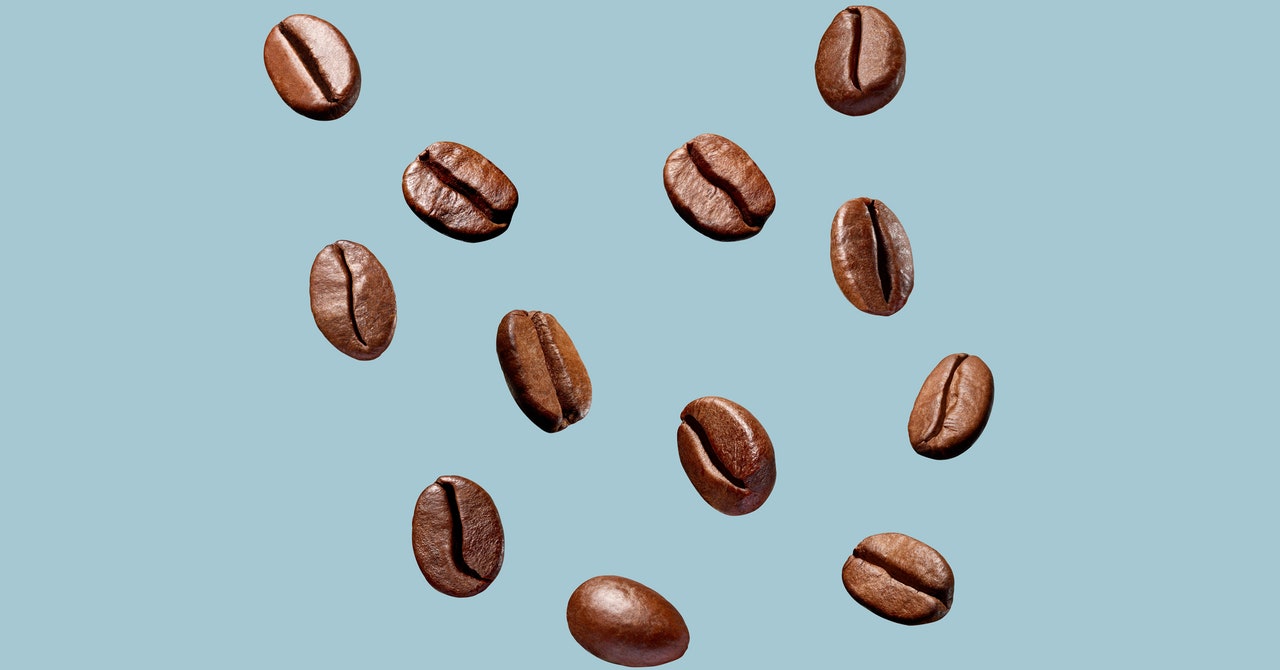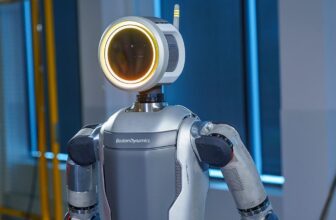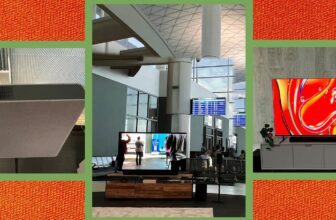
Espresso is one of probably the most extensively consumed psychoactive drinks on the planet. Practically each nation, area, and tradition has its personal distinctive method of making ready and consuming espresso. There’s nothing easy about espresso. These beans in your kitchen are the sum complete of a posh sequence of interactions between worldwide firms, roasters, shippers, entrepreneurs, wholesalers, and even the growers who put the seeds within the floor. It is sophisticated.
Beneath we bust a number of the most typical espresso myths and misconceptions, that will help you grow to be a extra knowledgeable client of this deliciously bitter elixir.
We’re critically wired right here at WIRED. Remember to try our information on How to Make Better Coffee at Home, or check out our coffee-related shopping for guides to the Best Espresso Machines, the Best Coffee Subscriptions, and the Best Coffee Grinders.
Up to date March 2024: Added a pair new myths, up to date hyperlinks and replica all through.
1. Espresso Is Not a Bean
Espresso is not a bean, or a legume like many different meals we name beans. It’s a seed! Technically, it is the endosperm (pit) of a berry. Initially, it is wrapped in a skinny purple fruit that is peeled off through the cleansing course of. Then it is a mild silvery inexperienced shade till it is roasted.
That does not imply you may plant your beans and develop your individual espresso timber. The beans we grind up and brew usually are not plantable anymore, as a result of roasting. Even when they had been, it may take years earlier than a espresso plant is mature sufficient to supply the berries that comprise the espresso bean. To not point out, Coffea arabica (the preferred cultivar) grows and thrives solely in just a few locations on the planet. It is a demanding little plant with very explicit local weather wants—which brings us to our subsequent level.
2. European Espresso Isn’t From Europe
Espresso beans don’t grow in Europe. They develop in Central and South America, East and West Africa, the Arabian Peninsula, elements of Asia, and the Pacific. So in the event you’re shopping for costly imported espresso from Italy, France, or wherever exterior of those areas, you’re probably getting fairly unhealthy espresso (until you reside in Italy or France, that’s). That is as a result of the best-tasting espresso is at all times roasted shortly earlier than it is consumed.
In case your espresso beans say they’re from Ethiopia, that is the place they had been grown. But when the bag says they’re from someplace in Europe, it probably means the espresso was roasted there, and that is unhealthy. Roasting brings out the flavors in espresso, however these taste compounds begin to break down shortly after they’re roasted. Espresso roasted exterior your locale has probably sat in a transport container or cargo aircraft for a very long time. So when it arrives, all these flavors that make the espresso so tasty in a Parisian café have vastly degraded.
That is why my recommendation is to at all times purchase domestically roasted espresso beans and grind them at house (with a burr grinder).
3. Darkish Roasts Don’t Have Extra Caffeine
We frequently hear that darker espresso is “stronger,” which means it incorporates extra caffeine, and that is not precisely true. When inexperienced espresso goes right into a roaster, it is actually simply roasted to totally different ranges of doneness—identical to your morning toast.
Blonde roasts are among the many lightest-roasted beans, and since they do not spend as a lot time cooking, they really contain more intact caffeine compounds than medium- or dark-roasted beans. Warmth accelerates chemical interactions, which suggests it additionally breaks down caffeine compounds. So it stands to cause that the longer a espresso bean is roasted, the much less caffeine it’ll comprise when it is floor up and brewed.







